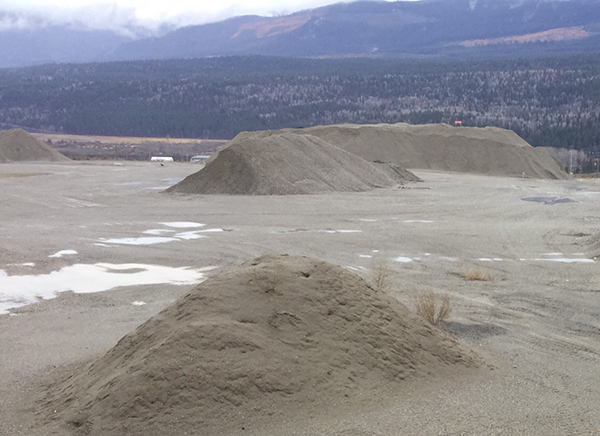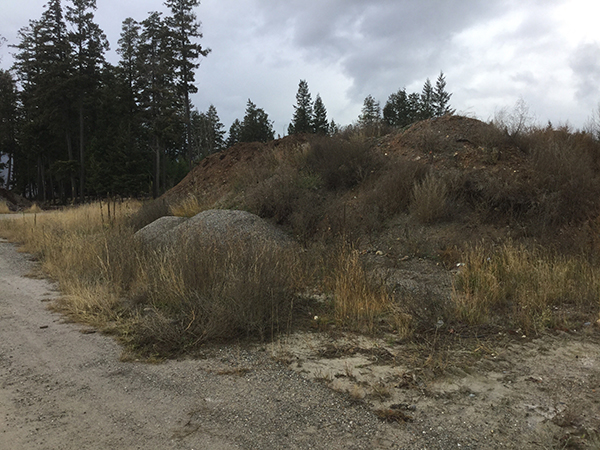3. Don’t introduce
Unwanted pets released into the wild, run-away livestock, escaped garden or aquarium plants, or “green waste” dumped in natural areas can all lead to invasive species infestations.
Many people don’t know the damage that can come from a simple act such as letting a pet go in the wild. The Everglades in Florida are now overrun with Burmese pythons that were once pets, which now impact native species. These snakes can grow to six metres (20 feet) in length and over 90 kilograms (200 pounds)!
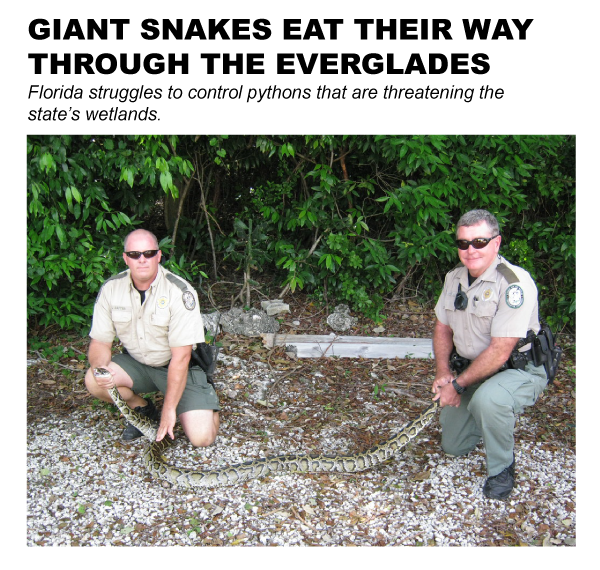
The American bullfrog may not consume as much as a python, but in BC, this invasive species has caused extensive damage to native frog populations since it was released into the environment decades ago by failed frog-leg farmers or uninformed pet owners.
Even the simple act of moving firewood can accidentally introduce invasive species such as forest pests like the Asian longhorned beetle.
Click on each title below for more information.
Follow these important BMPs:
- Do not release pets or aquarium animals and plants into natural spaces.
- Ensure water gardens/ponds are contained to prevent any species or water from escaping. If you are releasing water, release it onto land, not into sewers or other water systems.
- Maintain fences to contain livestock. Do not let pigs become feral and report any escaped animals immediately.
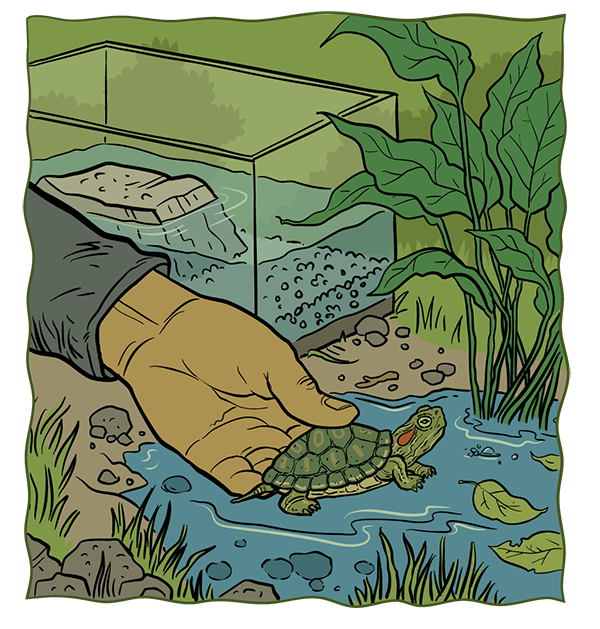
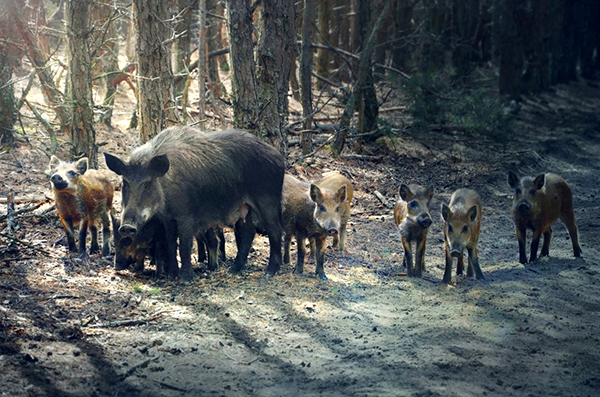
Don’t Let it Loose
Many partners promote the phrase “Don’t let it loose” and advocate that the release of pets into the wild is both inhumane and dangerous. For more information, check out the following webpage.
Follow these important BMPs:
- Buy only locally adapted and non-invasive plants for your garden or restoration project.
- Do not grow plants you can’t identify in your garden.
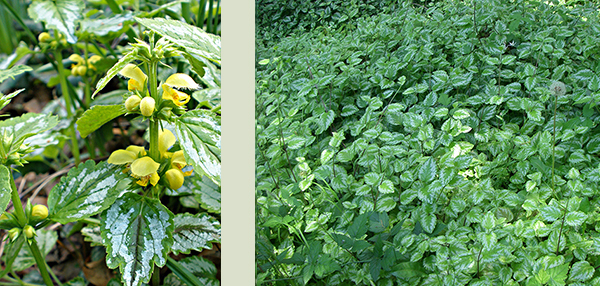
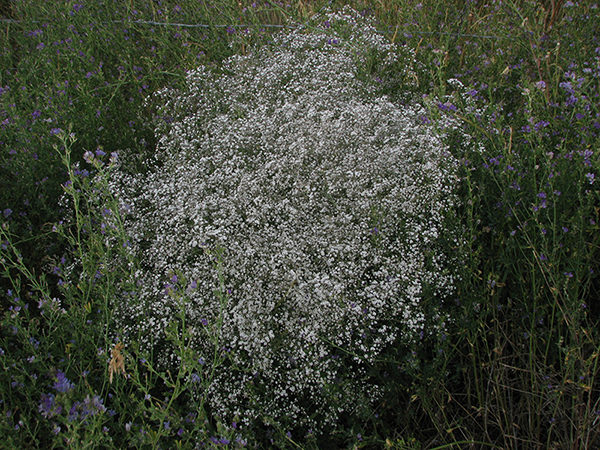
PlantWise
The Invasive Species Council of BC provides resources in the PlantWise program, which highlights common garden plant species that can be invasive and provides alternative non-invasive options. For more information, visit the following webpage.
Follow these important BMPs:
- Dispose of garden waste and soil or gravel with invasive plants/seeds or insects in appropriate areas.
- Invasive plants must be disposed of in a landfill or designated site, and not composted.
- Do not dump garden waste in natural spaces.
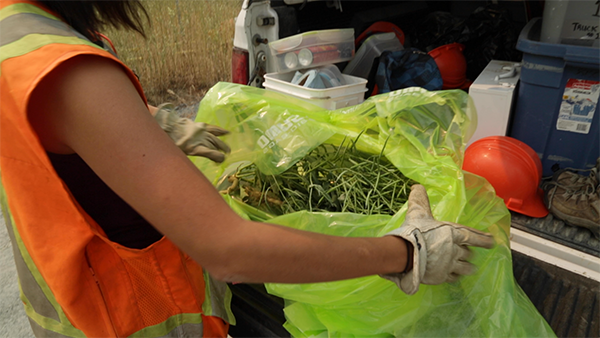
Follow these important BMPs:
- Don’t move firewood over long distances.
- Use local or heat-treated (pest-free certified) firewood to protect our forests from tree-killing insects and diseases.
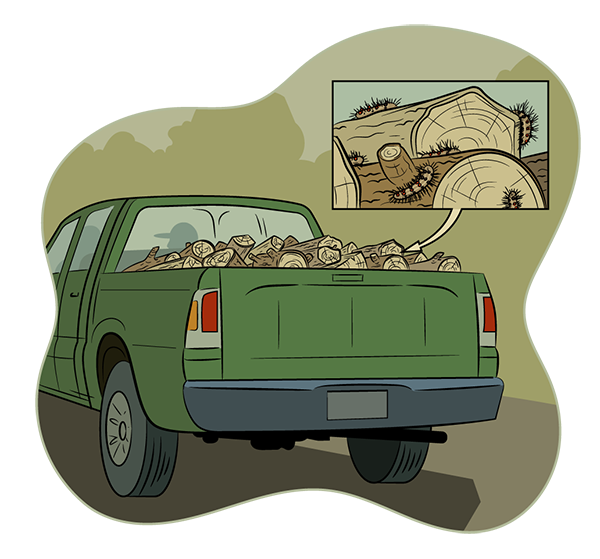
Buy local, burn local
The Canadian Council on Invasive Species has a national program promoting safe practices for firewood. For more information, visit the following webpage.
Follow these important BMPs:
- Ensure soil, gravel, animal feed, and seed are free of invasive species.
- Ask the supplier before you buy a product and know it is clean before you move it.
